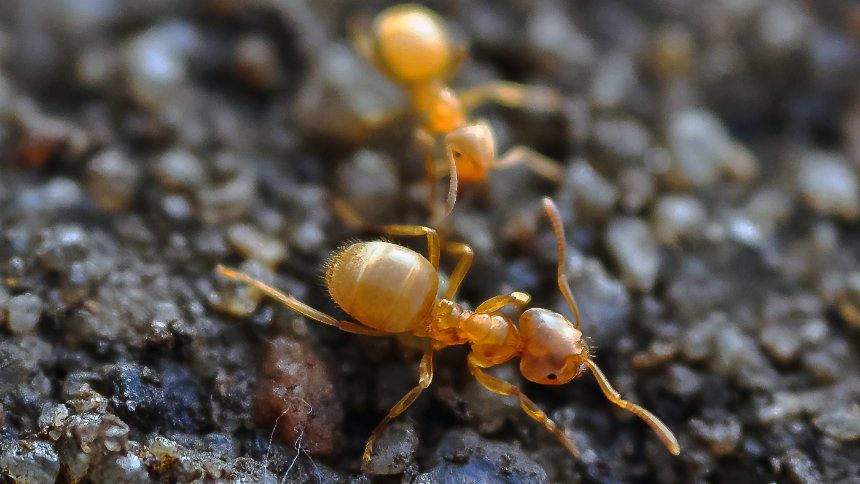- info@sirhowyhillwoodlands.co.uk
- Thomas Ellis Way, Tredegar NP22 4QF
- About Us
- Get involved
- Visit Us
Visit Tredegar & our Woodlands
Come and visit us!
Sirhowy Hill Woodland
Thomas Ellis Way
Tredegar
Blaenau Gwent
NP22 4QF - Wildlife
- Woodland Shop
Latest and greatest products, direct from our
Woodland Shop
Sourced from the Woodlands and the local community.
You have
item(s) in your bag
- Home
- /
- Blog
- /
- Animals & Wildlife
- /
- Invertebrates
- /
- Yellow Meadow Ant

Lasius flavus
Yellow Meadow Ant
The Yellow Meadows Ant is familiar to us as the common ant that creates anthills in grassland and downland habitats, but also appears in our gardens if the grass is not cut too often. They build a soil dome above the nest – which can extend a metre below the ground – that helps to regulate temperature and humidity. Like all ants, the Yellow Meadow Ant is social and forms colonies; the ‘workers’ are mainly active underground, however, and not often seen unless the nest is disturbed. During summer, winged adults pair and mate, the females dispersing to form new colonies.
How to identify the Yellow Meadow Ant?
The Yellow Meadow Ant is, as its name suggests, a yellowy-brown colour. It is one of several closely related and very similar species that build anthills.
How can I help?
Although the Yellow Meadow Ant is common, it has a very distinctive relationship with the declining Chalkhill Blue Butterfly. Attracted by substances that the caterpillar secretes, the workers bury the larvae of the Chalkhill Blue, unintentionally protecting it from predators. This inter-species relationship, and others like it, demonstrates the intricacies of habitats and ecosystems.

Click to view more
Statistics
Scientific Name:
Lasius flavus
Location:
England, Wales, Scotland and Ireland
Size:
Length: 2-3.5mm
Population:
Common
Habitat
Anthills

Other Wildlife







